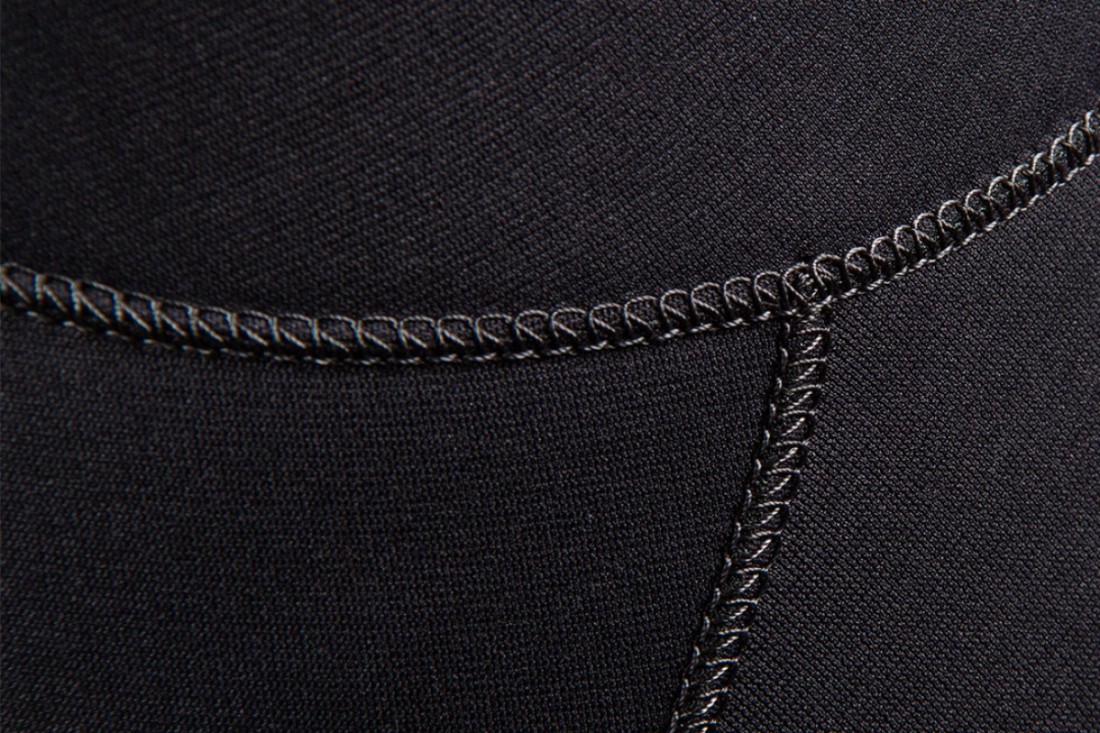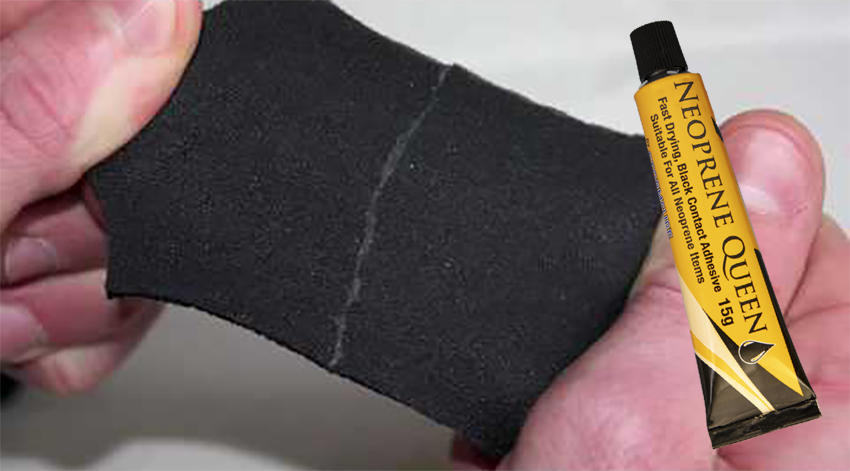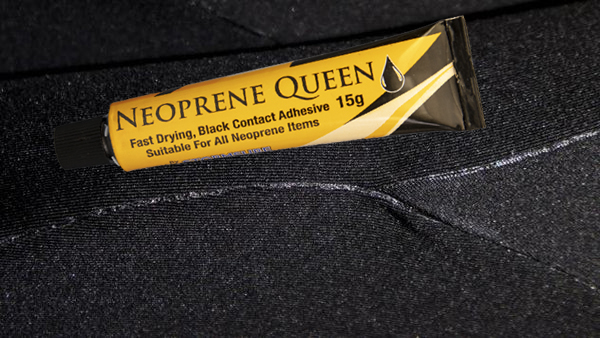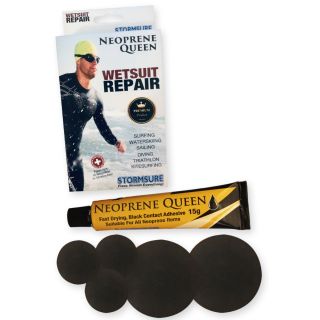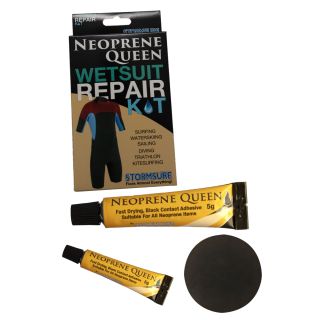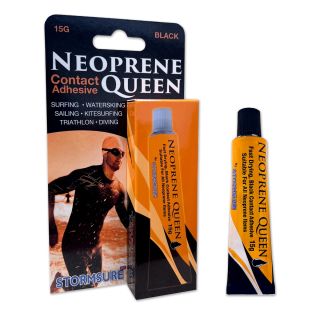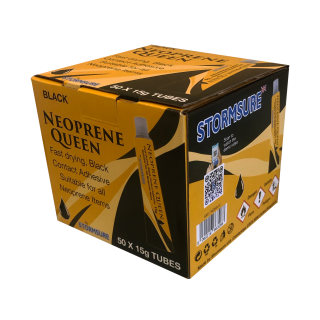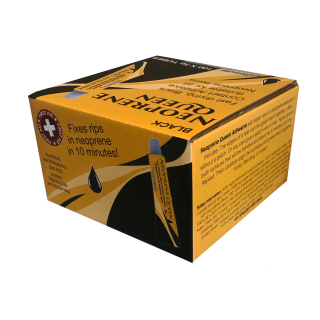Should I stitch or glue my wetsuit?
The choice of whether to stitch or glue a wetsuit repair will depend on several factors, including the size and location of the damage, the type of neoprene used in the wetsuit, and your personal preference.
In general, stitching is a good option for small tears or punctures in non-critical areas of the wetsuit, such as the arms or legs. Stitching can be effective in closing the gap and preventing further tearing, and it can be a relatively simple and inexpensive repair but the downfall here is that it may not be 100% waterproof if the stitching is not tight.
On the other hand, glue can be a good option for larger or more complex repairs, particularly in areas such as the seams or torso where stitching may not be as effective. Glue can create a strong, waterproof seal that can help prevent further damage to the wetsuit.
Ultimately, the best option for repairing your wetsuit will depend on the specific circumstances of the damage and your own preferences and skill level. If you are unsure about the best approach, it may be best to seek the advice of a professional wetsuit repair service.
When should a patch be used when repairing a wetsuit or a drysuit?
A patch should be used when repairing a wetsuit or drysuit if the damage is too large or complex to be repaired with glue or stitching alone. Patches are typically used to reinforce areas of the wetsuit or drysuit that experience the most stress, such as around the knees, elbows, or shoulders.
Patches can be made from a variety of materials, including neoprene, nylon, or other synthetic fabrics. They are typically applied with a strong adhesive, such as Neoprene Queen Adhesive or Stormsure Flexible Repair Adhesive and then stitched in place to create a secure and long-lasting repair.
Here are some situations where a patch may be needed for repairing a wetsuit or drysuit:
Large tears or holes: If the damage to the wetsuit or drysuit is too large to be repaired with glue or stitching alone, a patch may be needed to reinforce the damaged area and prevent further tearing.
Areas of high stress: Areas of the wetsuit or drysuit that experience a lot of stress, such as around the knees or elbows, may benefit from the additional reinforcement provided by a patch.
De-lamination: If the neoprene material of the wetsuit or drysuit has begun to delaminate, meaning that the layers of material have separated, a patch may be needed to hold the layers together and prevent further separation.
Overall, if the damage to your wetsuit or drysuit is significant, or if you are unsure whether glue or stitching alone will provide a strong enough repair, it may be best to consult with a professional wetsuit or drysuit repair service to determine whether a patch is needed.


